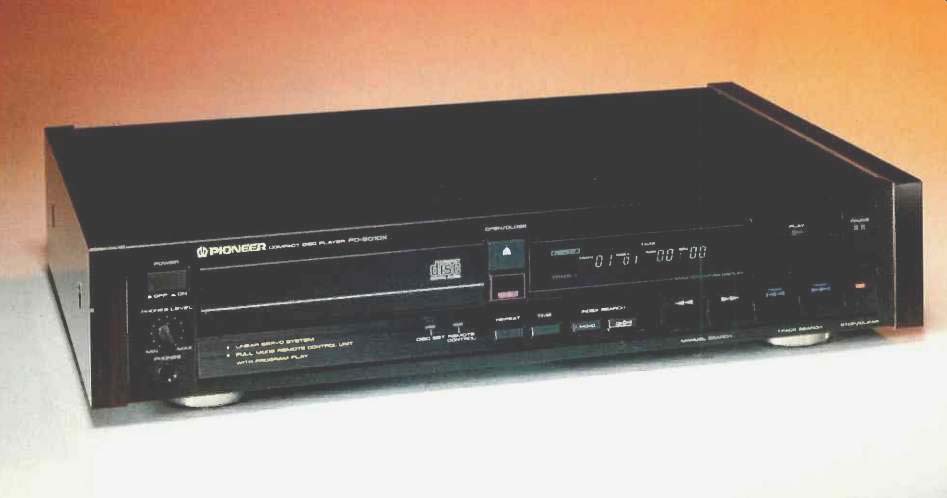
Manufacturer's Specifications
Frequency Response: 2 Hz to 20 kHz, ± 0.3 dB.
THD: 0.001% at 1 kHz.
THD + Noise: 0.0022% at 1 kHz.
Dynamic Range: 96 dB.
S/N Ratio: 98 dB, A-weighted.
Number of Program Selections:
32, for tracks numbered up to 99.
Channel Separation: 95 dB at 1 kHz.
Line Output Level: 2.0 V.
Power Consumption: 120 V, 60 Hz, 18 watts.
Dimensions: 18 in. W x 3.7 in. H x 12.2 in. D (45.6 cm x 9.5 cm x 31 cm).
Weight: 12 lbs 8 oz. (5.7 kg).
Price: $539.95.
Company Address: P.O. Box 1760, Long Beach, Cal. 90801, USA.
Pioneer's top CD player is also its most versatile and feature-laden. Supplied with a wireless, 13-function remote control, the PD-9010X can be programmed from the comfort of your armchair for up to 32 randomly accessed tracks on a disc-and the track numbers programmed can extend up to 99! In addition to the usual line output, this player is equipped with a stereo headphone jack and a headphone level control, both conveniently located on the front panel.
To keep the panel simple and uncluttered, Pioneer has elected to place the programming number keys on the remote control only. In other words, you cannot program the unit from the front panel. You can, however, play discs in the normal fashion using front-panel buttons and controls. Fast search and fast advance or reverse of the pickup from track to track is possible, and you can access a given point on a disc by its index number-if the disc is so coded-from both the front panel and the remote-control unit. Index numbers cannot be included in any random programming, however.
Control Layout
The "Power" on/off switch, headphone level control, and stereo phone jack are located at the left of the front panel. The slide-out disc tray to their right can be opened and closed using the "Open/Close" pushbutton just to its right; the compartment can also be closed by gently pushing the front of the tray when a disc is in place. Two small indicator lights below the drawer show when a disc has been loaded and when a remote-control command has been received by the remote sensor on the front panel.
The elaborate fluorescent display area is immediately to the right of the disc tray and its "Open/Close" switch; it provides no fewer than 11 separate status indications. These include track and index numbers; minutes and seconds of total time, time remaining or elapsed time; play, pause, and repeat-play modes; indication of whether a disc has been properly loaded, and acknowledgment of commands from the remote control.
In addition to the large numerals that display the current track being played, there are 15 small numerals arranged in a row below the main display. These illuminate to show total number of tracks on the disc. If a disc contains more than 15 tracks, an arrow pointing to the right illuminates to indicate that fact.
Near the right-hand end of the panel are "Play" and "Pause" buttons. Along the panel's lower edge are a "Time" key (which toggles the time display), a "Repeat" key, for ward and reverse "Index Search" keys, forward and reverse "Manual Search" keys, a pair of track-advance and track-reverse keys, and a "Stop/Clear" key to discontinue play as well as to clear the memory of programmed instructions.
The hand-held remote-control unit supplied with the PD-9010X duplicates most of the function keys described above. It is also equipped with the "0" to "9" number keys and the "Program" key needed for random-access programming.
Measurements
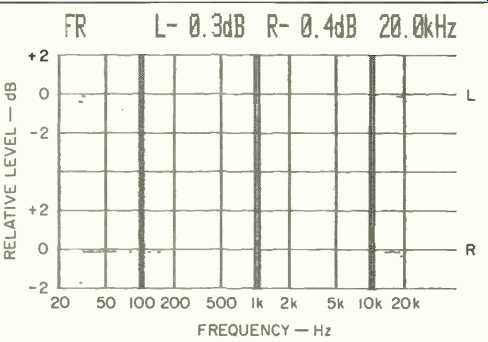
Fig. 1-Frequency response, left (top) and right channels.
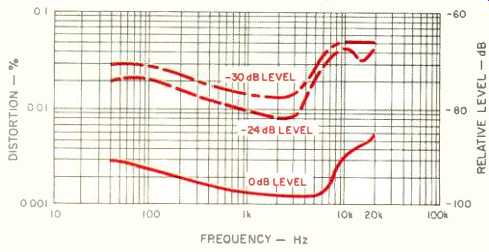
Fig. 2-THD vs. frequency at three signal levels.
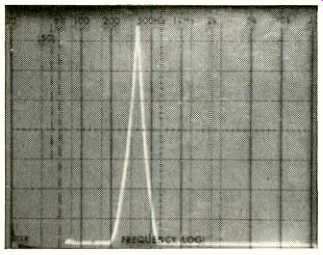
Fig. 3-Spectrum analysis of 20-kHz test signal; output was 20 kHz, and nothing
else!
Frequency response of the PD-9010X is shown in Fig. 1. Response was very slightly attenuated at 20 kHz, measuring -0.3 dB for the left channel and -0.4 dB for the right channel. As usual, in order to plot frequency response deviations in greater detail, the vertical scale in Fig. 1 is only 2 dB per division.
The harmonic distortion produced by this well-designed unit was truly negligible. Unlike almost every other CD player I have tested in the past two years, this one did not produce any significant "beats" at out-of-band frequencies.
As a result, it was not necessary to introduce a band-pass filter when making the measurements. The values plotted in Fig. 2 are the actual values read by my distortion analyzer in its wide-band mode, and the three curves are valid all the way up to 20 kHz. Cutoff of the analyzer, when used in the wide-band mode, is at 80 kHz, so if there were any out-of-band components of significance, they would have contributed to and increased the readings. Under these test conditions, THD at 1 kHz was an incredibly low 0.0015%, well below Pioneer's claimed 0.0022% for THD + noise.
Figure 3 confirms the fact that no out-of-band beats were present when the PD-9010X reproduced high frequencies. The tall spike in this spectrum analysis represents a 20-kHz test signal; as you can see, there are no other components visible. The only other CD player I ever tested that exhibited such totally clean output at 20 kHz was Sony's top-of-the-line CDP-650ESD, which has a suggested price more than twice that of the Pioneer PD-9010X.
Unweighted signal-to-noise ratio measured 98.1 dB; the A-weighted measurement was a very high 102 dB, 4.0 dB higher than claimed by Pioneer (see Figs. 4A and 4B).
SMPTE IM measured 0.003% at maximum recorded level, increasing to 0.025% at-20 dB recorded level. CCIF IM (twin-tone, using 19- and 20-kHz tones at the equivalent of highest recorded level) was an extremely low 0.0037% at maximum recorded level and an even lower 0.0028% at-10 dB recorded level.
Stereo separation, plotted in Fig. 5 as a function of frequency, ranged from 73.0 dB at the high-frequency extreme to 90.0 dB at mid-frequencies.
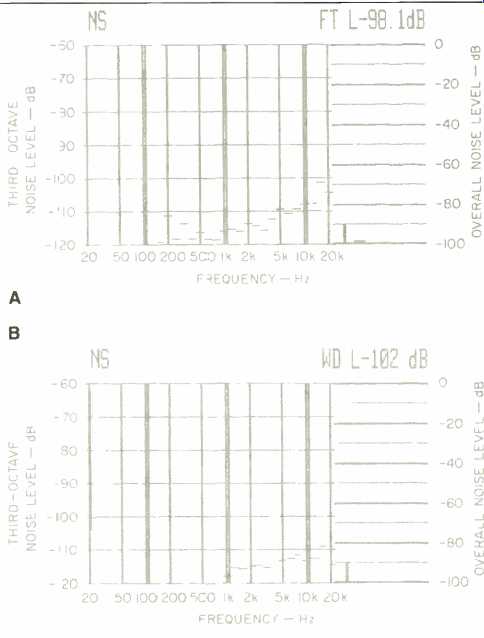
Fig. 4-S/N analysis, unweighted (A) and A-weighted (B).
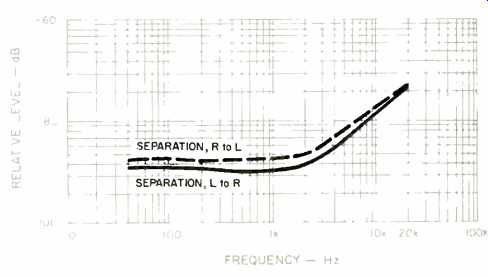
Fig. 5-Separation vs. frequency.
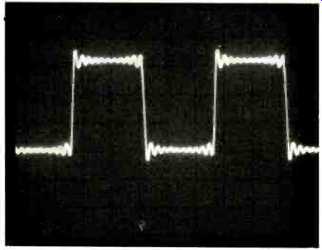
Fig. 6 Reproduction of a 1-kHz square wave.
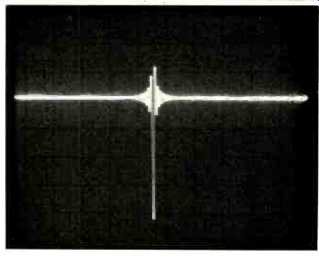
Fig. 7 Unit-pulse test.
Reproduction of a 1-kHz square wave is shown in Fig. 6. The reproduced wave shape is typical of that produced by CD players which employ oversampling and digital filtering.
The unit pulse in Fig. 7, as reproduced from a Philips test disc, is also consistent with what I have obtained with other players that employ this type of filtering and oversampling.
The apparent inversion of the waveform is not our photo editor's mistake. Evidently, phase inversion occurs some where in this player's signal chain, as it has in a few other units I have tested. So long as this inversion is the same in both left and right channels, there is no problem.
In checking for phase error, I detected no difference in the positioning of a pair of low- and mid-frequency test tones (200 Hz and 2 kHz) on opposite channels compared with the positioning of a pair of mid- and high-frequency signals (2 and 20 kHz). I concluded, therefore, that in addition to its many other sonic virtues, the Pioneer PD-9010X is virtually free of any phase or time-delay errors commonly associated with analog output filters.
As I expected, the Philips defects disc was unable to trip up the excellent tracking and error-correction capabilities of this CD player. As has been true of nearly all of the third- generation units I have been evaluating lately, this one had no trouble playing right through the simulated scratch (up to 900 microns in width), the simulated dust circles (up to 800 microns in diameter) and the simulated fingerprint smudge which extends over two complete musical tracks of the test disc. Resistance to mild vibration and external shock was especially good. The PD-9010X continued to play with no audible interruptions, skipping, or disc rejection while I repeatedly subjected it to less-than-gentle tapping along its top and sides. The folks at Pioneer have advised me that part of this stability comes from the player's unique internal suspension system. Pioneer has apparently gone to great pains to make certain that the PD-9010X will play through discs under a variety of difficult conditions.
Another example of the care Pioneer has taken is the special disc-retaining surface which engages CDs when the machine is in the play mode. Most disc-retaining surfaces simply grab the disc near its center hole. In the PD-9010X, nearly three-quarters of the surface of a disc is supported while being played. You can imagine how much this will help when trying to track moderately warped CDs! Use and Listening Tests My initial reaction to the PD-9010X was to object to the fact that I could not program the player at its front panel but had to use the remote control. I felt this way even though I realized that Pioneer achieved two worthwhile objectives with this approach: Lower cost (since they didn't have to duplicate the number keypad and its associated circuitry on the panel) and a less cluttered appearance. After using the player for a few bays, my initial objections simply disappeared. More often than not, I found myself loading a disc and then, with the remote in hand, sitting down across the room to program what I wanted to hear-with the disc's "jewel box" package and album booklet alongside my chair. I realized, too, that if I desired to program the machine at its front panel, there would be nothing to stop me from simply keeping the full-function remote control alongside or on top of the player.
The elaborate display of the PD-9010X has eleven status indications, but Pioneer kept the unit's front panel simple by placing all programming controls on the remote transmitter.
Such minor considerations aside, let me get to the important things. In a word, the Pioneer PD-9010X is one of the most value-laden CD players it has been my pleasure to evaluate so far. I can't think of any programming or display features which have been omitted that a user might require.
All of those convenience features wouldn't be worth much, however, if the player lacked good sound-reproduction capability. Not only is this player a superb-sounding instrument, but Pioneer has somehow managed to put all of these desirable qualities together in a unit that sells for a price that more music lovers than ever will be able to afford. I'll bet the competition is tearing apart several PD-9010Xs right now trying to find out how Pioneer did it!
-Leonard Feldman
( Audio magazine, Feb. 1986)
Pioneer Elite PD-65 CD Player (Auricle, Dec. 1992)
Pioneer Elite F-91 Tuner (Equip. Profile, Aug. 1988)
Yamaha CDC-835 CD Changer (Dec. 1992)
= = = =